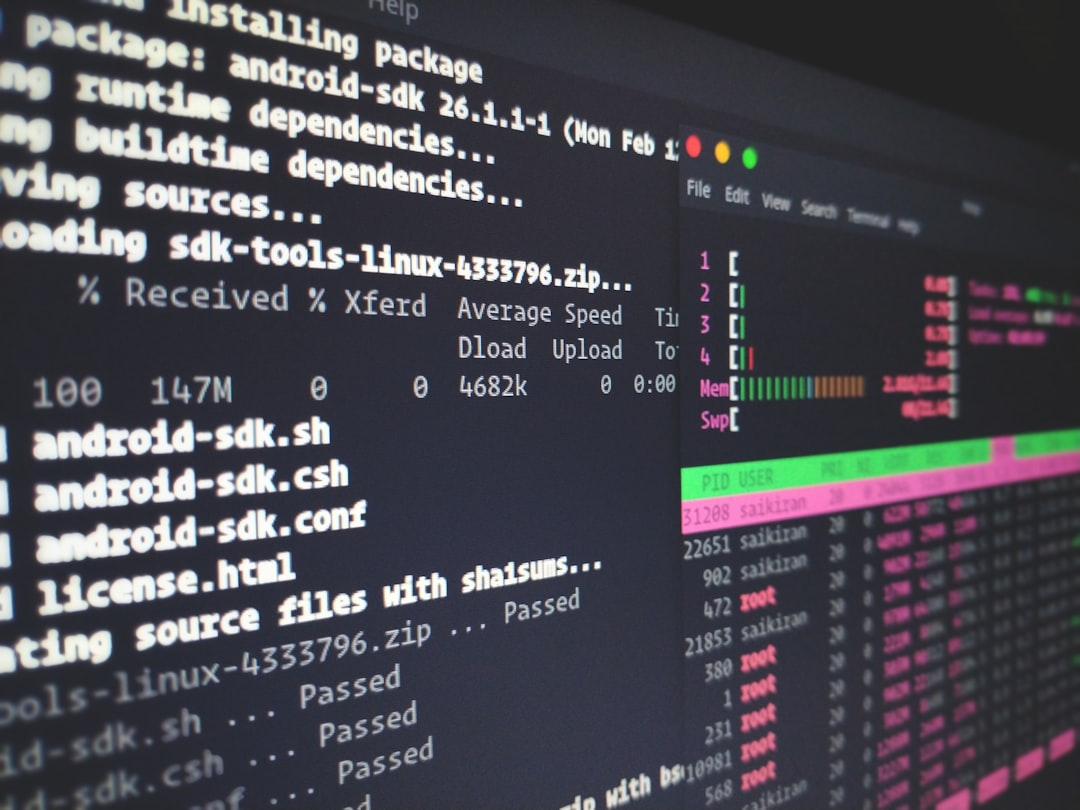The Impact of Machine Learning on Web Development and Design
In recent years, machine learning has emerged as one of the most significant advancements in the field of technology. It has revolutionized the way we design and develop websites, enabling us to automate processes, analyze data, and improve user experiences. Machine learning algorithms have opened up a new world of possibilities for web developers and designers, allowing them to create personalized user experiences, improve search engine optimization (SEO), detect and prevent fraudulent activities, and automate tedious tasks. In this article, we'll explore the impact of machine learning on web development and design, and how it's changing the industry.
Understanding Machine Learning
Before we delve into the impact of machine learning on web development and design, let's first define what machine learning is. Machine learning is a subset of artificial intelligence (AI) that allows computer systems to automatically improve their performance based on data. Essentially, machine learning algorithms can learn from past experiences and adjust their behavior accordingly.

Photo by Markus Winkler / Unsplash
Machine Learning in Web Development
Machine learning is having a significant impact on web development. Here are some ways it's being used:
1. Personalized User Experiences
One of the most significant benefits of machine learning in web development is the ability to create personalized user experiences. By analyzing user behavior and preferences, machine learning algorithms can adjust content, layout, and functionality to meet individual needs. This results in a more engaging and meaningful experience for the user.
Personalization makes users feel understood and valued, which can lead to improved customer loyalty and retention. With machine learning algorithms, businesses can analyze user data to determine what content users engage with, what products or services they're interested in, and what information they're looking for. This information can then be used to adjust the website's content, design, and layout to better meet their needs.
2. Automated Testing
Testing is an essential part of web development, but it can also be time-consuming and tedious. Machine learning algorithms can automate the testing process, allowing developers to focus on more critical tasks. This can save time and reduce the likelihood of errors.
Automated testing uses machine learning algorithms to analyze data and identify patterns that can be used to improve the testing process. For example, a machine learning algorithm can analyze website traffic to determine the most popular pages and features. It can then adjust the testing process to focus on these areas, ensuring that they are thoroughly tested and optimized.

Photo by Sai Kiran Anagani / Unsplash
3. Fraud Detection
E-commerce websites often fall victim to fraudulent activity, such as stolen credit card information or fake accounts. Machine learning algorithms can detect patterns in user behavior that may indicate fraudulent activity. By analyzing data in real-time, these algorithms can prevent potential fraud before it occurs.
Fraud detection algorithms use machine learning to analyze user behavior and identify patterns that may indicate fraudulent activity. For example, if a user creates multiple accounts using the same IP address, it may indicate that they're trying to commit fraud. The algorithm can then flag these accounts and prevent them from using the website's services.
4. Chatbots
Chatbots are becoming increasingly popular in web development. They allow businesses to provide 24/7 customer support without the need for human interaction. Machine learning algorithms can improve the accuracy and effectiveness of chatbots by analyzing user data and adjusting responses accordingly.
Chatbots use machine learning to analyze user data and provide personalized responses. For example, if a user asks a question about a certain product, the chatbot can analyze their browsing history to determine what products they've looked at and provide a more personalized response. This can lead to improved customer satisfaction and retention.
5. Search Engine Optimization
Search engine optimization (SEO) is critical to the success of any website. Machine learning algorithms can analyze user search patterns and adjust website content and structure to improve SEO. This can help websites rank higher in search engine results pages and attract more traffic.
SEO algorithms use machine learning to analyze user search patterns and adjust website content and structure to improve search engine rankings. For example, if a user searches for "best coffee shops in New York," the algorithm can analyze the website's content and structure to determine if it's a good match for the user's query. If not, it can adjust the website's content and structure to better meet the user's needs.

Photo by Olga Nayda / Unsplash
Machine Learning in Web Design
Machine learning is also having a significant impact on web design. Here are some ways it's being used:
1. Design Automation
Design automation is a growing trend in web design. Machine learning algorithms can analyze user data and automatically generate designs that meet specific criteria. This can save time and reduce the need for manual design work.
Design automation algorithms use machine learning to analyze user data and automatically generate designs based on that data. For example, if a user prefers minimalist designs, the algorithm can generate designs that fit that criteria. This can save designers time and improve the speed of the design process.
2. Style Transfer
Style transfer is a technique that uses machine learning algorithms to apply the style of one image to another. In web design, style transfer can be used to create unique and visually stunning designs. By analyzing the style of existing designs, machine learning algorithms can apply those styles to new designs, creating a cohesive and visually appealing website.
Style transfer algorithms use machine learning to analyze the style of existing designs and apply those styles to new designs. This can be particularly useful for businesses that want to maintain a consistent brand identity across all their online properties.

Photo by Kelly Sikkema / Unsplash
3. Responsive Design
Responsive design is another area where machine learning is having an impact on web design. Responsive design is the practice of designing websites that adapt to different screen sizes and device types. Machine learning algorithms can analyze user data to determine the most common screen sizes and device types, allowing designers to create more effective responsive designs.
Responsive design algorithms use machine learning to analyze user data and determine the most common screen sizes and device types. This can help designers create websites that are optimized for the devices that users are most likely to use.
4. Accessibility
Machine learning is also being used to improve the accessibility of websites. Accessibility is the practice of designing websites that can be used by people with disabilities. Machine learning algorithms can analyze user data to determine how people with disabilities interact with websites, allowing designers to create more accessible designs.
Accessibility algorithms use machine learning to analyze user data and determine how people with disabilities interact with websites. This can help designers create websites that are easier to use for people with disabilities, such as those who are visually impaired or have mobility issues.
5. Content Generation
Finally, machine learning is being used to generate content for websites. Content generation algorithms can analyze existing content and generate new content that is optimized for specific keywords or topics. This can help businesses improve their SEO and attract more traffic to their websites.
Content generation algorithms use machine learning to analyze existing content and generate new content that is optimized for specific keywords or topics. This can be particularly useful for businesses that want to improve their SEO but don't have the time or resources to create new content manually.

Photo by Edho Pratama / Unsplash
Conclusion
Machine learning is having a significant impact on web development and design. From personalized user experiences to improved SEO, machine learning algorithms are enabling developers and designers to create better websites that meet the needs of users. As the technology continues to evolve, we can expect to see even more innovative applications of machine learning in web development and design.
If you want to learn more about how machine learning is transforming the world of web development and design, check out some of our other articles:
And if you need help with your web development or design projects, don't hesitate to contact us for expert assistance!"
